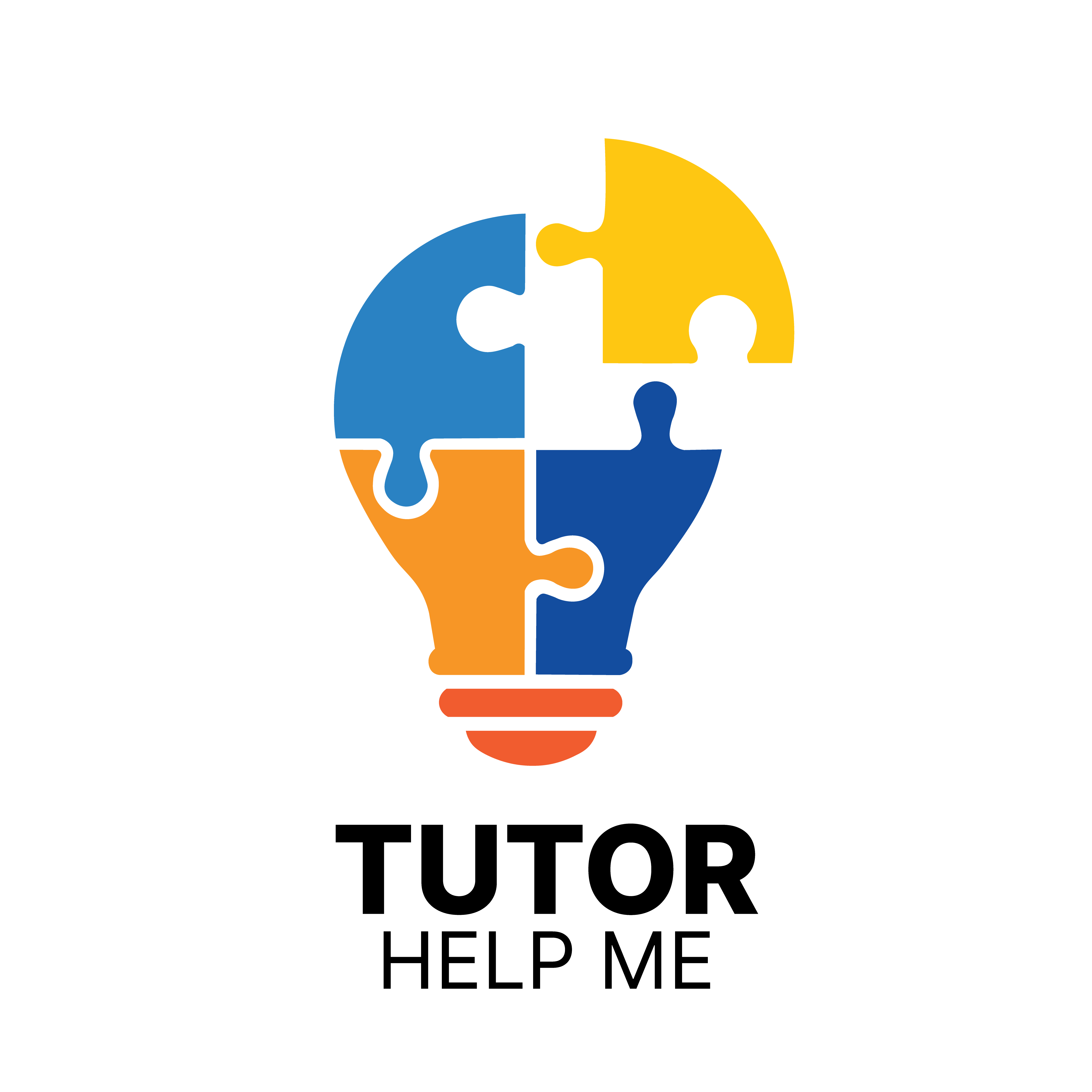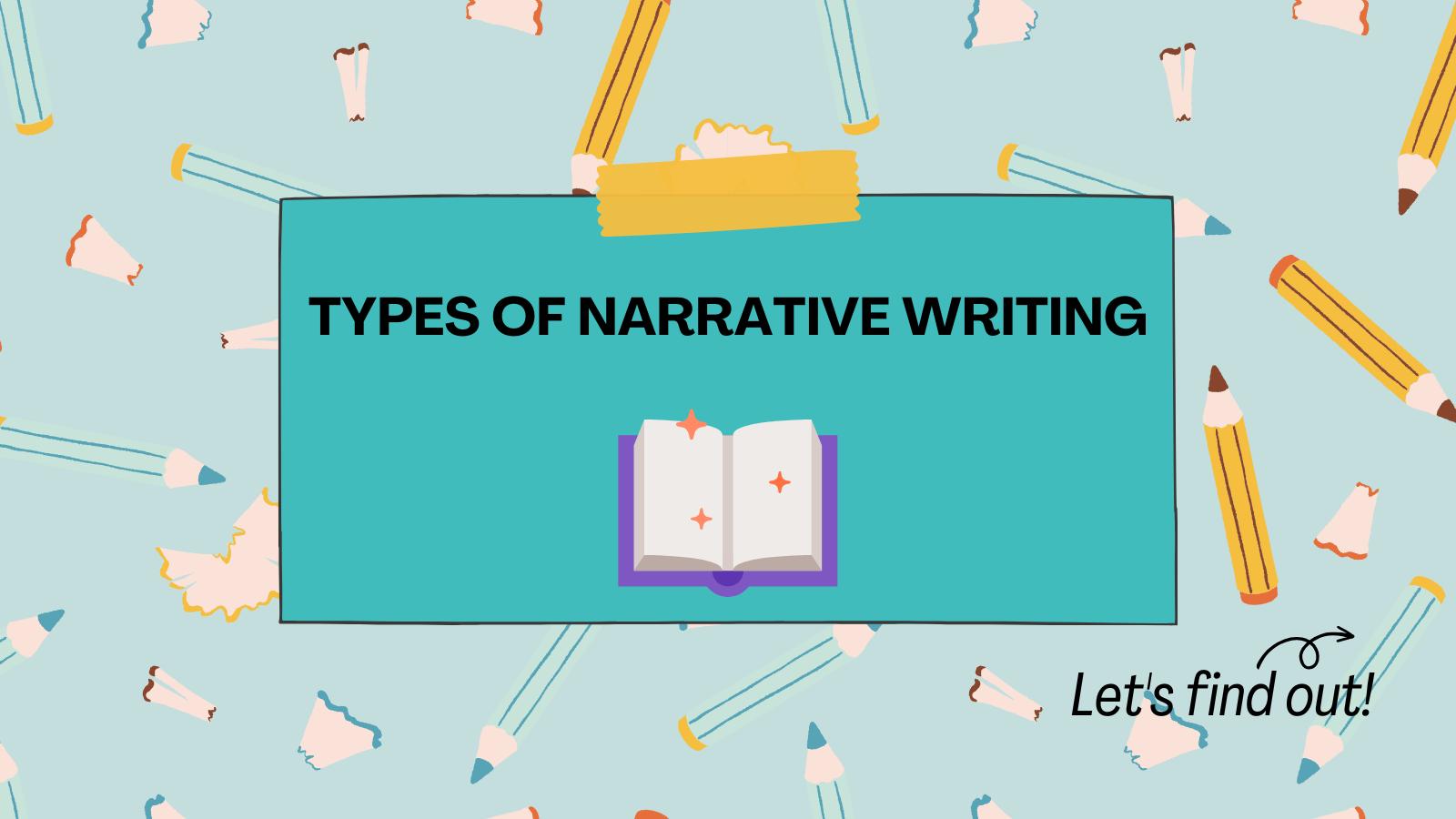Narrative writing tells stories, and there are two main types of Narrative Writing: fiction and non-fiction. Fiction involves made-up stories with characters, settings, and events. It includes styles like realistic fiction, magical realism, and short stories. These bring imagination to life.
Non-fiction, on the other hand, tells true stories. It shares real events, people, and experiences. Examples include biographies, memoirs, and personal narratives. They offer insight into real lives and moments.
In this blog, we will explore both types of narrative writing in detail. You will learn about their unique features and discover what makes each one special. Let’s dive into the world of storytelling!
Types of Narrative Writing
There are Two main types of narrative writing:
Fiction
Tells made-up stories with imagined characters, settings, and events. It’s found in novels, short stories, and fantasy tales. Fiction includes:
Realistic Fiction
Realistic fiction tells stories that could happen in real life. These tales include believable characters and relatable situations.
For example,
A story about a teenager facing challenges at school mirrors everyday experiences. “Wonder” by R.J. Palacio is a great example. It follows a young boy with facial differences navigating friendships and acceptance. The events and characters feel real, making readers connect emotionally.
This type of fiction reflects life as we know it, focusing on human emotions and challenges. It’s perfect for readers looking for stories that resonate with their own experiences and everyday situations.
Magical Realism
Magical realism blends real-world settings with magical elements. The magical aspects are subtle, woven seamlessly into everyday life.
For example,
In “One Hundred Years of Solitude” by Gabriel García Márquez, characters experience supernatural events like levitating or living for centuries, yet the setting remains grounded in reality. This genre invites readers to see the extraordinary within the ordinary.
Magical realism is not about escaping reality but enriching it with a touch of magic. It’s perfect for those who enjoy stories that feel real yet surprise with unexpected, mystical moments, creating a sense of wonder and curiosity.
Stream of Consciousness
Stream of consciousness captures a character’s thoughts and emotions as they naturally occur. It often lacks clear structure, mimicking the way minds wander.
“Mrs Dalloway” by Virginia Woolf is a classic example. The story flows through the protagonist’s thoughts, revealing her inner world as she prepares for a party. This style focuses on raw feelings, memories, and perceptions, offering deep insight into the character’s mind.
It’s ideal for readers who enjoy immersive, thought-driven narratives. By following the character’s mental journey, you experience the story through their perspective, making it deeply personal and reflective.
Short Story
A short story is a brief narrative focusing on one event or theme. It’s designed to be read in one sitting.
For example,
“The Lottery” by Shirley Jackson explores a small town’s shocking tradition in just a few pages. The limited length allows writers to concentrate on key moments or ideas, creating a powerful impact. Short stories often surprise readers with twists or deep reflections.
They’re perfect for readers who enjoy quick yet meaningful tales. Whether humorous, mysterious, or emotional, short stories offer a variety of experiences in a compact form, making them accessible and engaging.
Non Fiction
Tells true stories based on real events and people. It includes biographies, memoirs, and narrative essays. Non Fiction includes,
Biography
A biography tells someone’s life story, written by another person. It highlights key events, achievements, and struggles.
For example,
“Steve Jobs” by Walter Isaacson explores the Apple co-founder’s life, from his early days to his career triumphs and personal challenges. Biographies provide a detailed view of a person’s journey, offering inspiration and lessons.
They often focus on historical figures, celebrities, or influential individuals. Readers gain insight into how these people shaped the world. Biographies are ideal for anyone who enjoys learning about real lives and understanding what drives success, innovation, or creativity.
Autobiography
An autobiography is a person’s life story, written by themselves. It covers significant events, challenges, and personal growth. For instance,
“The Diary of a Young Girl” by Anne Frank shares her experiences hiding during World War II. The narrative is personal and emotional, offering the writer’s unique perspective on life. Autobiographies let readers connect deeply with the writer’s thoughts and emotions.
They often reveal personal struggles, victories, and reflections. If you enjoy hearing someone’s authentic voice and learning about their life journey directly from them, autobiographies are a perfect choice for a meaningful and inspiring read.
Memoir
A memoir focuses on specific memories or experiences in the writer’s life. It offers emotional insight and reflections.
For example,
“Educated” by Tara Westover recounts her journey from growing up in a strict, uneducated family to earning a PhD. Memoirs dive deep into personal experiences, often exploring themes like resilience, identity, or relationships.
They don’t cover the writer’s entire life but highlight impactful moments. Readers connect with the emotions and lessons shared. Memoirs are great for those who enjoy heartfelt stories that reveal the complexities of life and offer meaningful takeaways from someone’s unique experiences.
Personal Narrative
A personal narrative is a first-person account of a specific experience. It captures the writer’s thoughts, feelings, and actions.
For example,
“A Small Place” by Jamaica Kincaid describes her visit to Antigua, blending personal memories with reflections on history and culture. These stories are intimate and relatable, allowing readers to step into the writer’s shoes.
Personal narratives often focus on moments that shaped the writer’s identity or worldview. They are ideal for those who enjoy engaging, thought-provoking accounts of real-life events, told in an authentic voice. These stories show how small moments can leave a lasting impact.
Why Choose Tutorhelpme English Tutors
- Personalised Learning: Lessons are tailored to suit your unique learning style and pace.
- Expert Tutors: Qualified professionals English Tutors with deep knowledge and teaching experience.
- Confidence Building: Focus on improving skills to boost self-assurance in English.
- Comprehensive Support: Help with grammar, writing, reading, and speaking skills.
- Interactive Lessons: Engaging sessions that make learning enjoyable and effective.
- Affordable Rates: Quality education at a price that fits your budget.
- Flexible Options: Learn online from the comfort of your home.
- Exam Preparation: Effective guidance for GCSEs, A-levels, and other exams.
- Monthly Progress Updates: Stay informed about your improvements through feedback.
- Proven Results: Many students achieve their academic goals with our support.
Choose TutorHelpMe for expert guidance and better learning outcomes!

